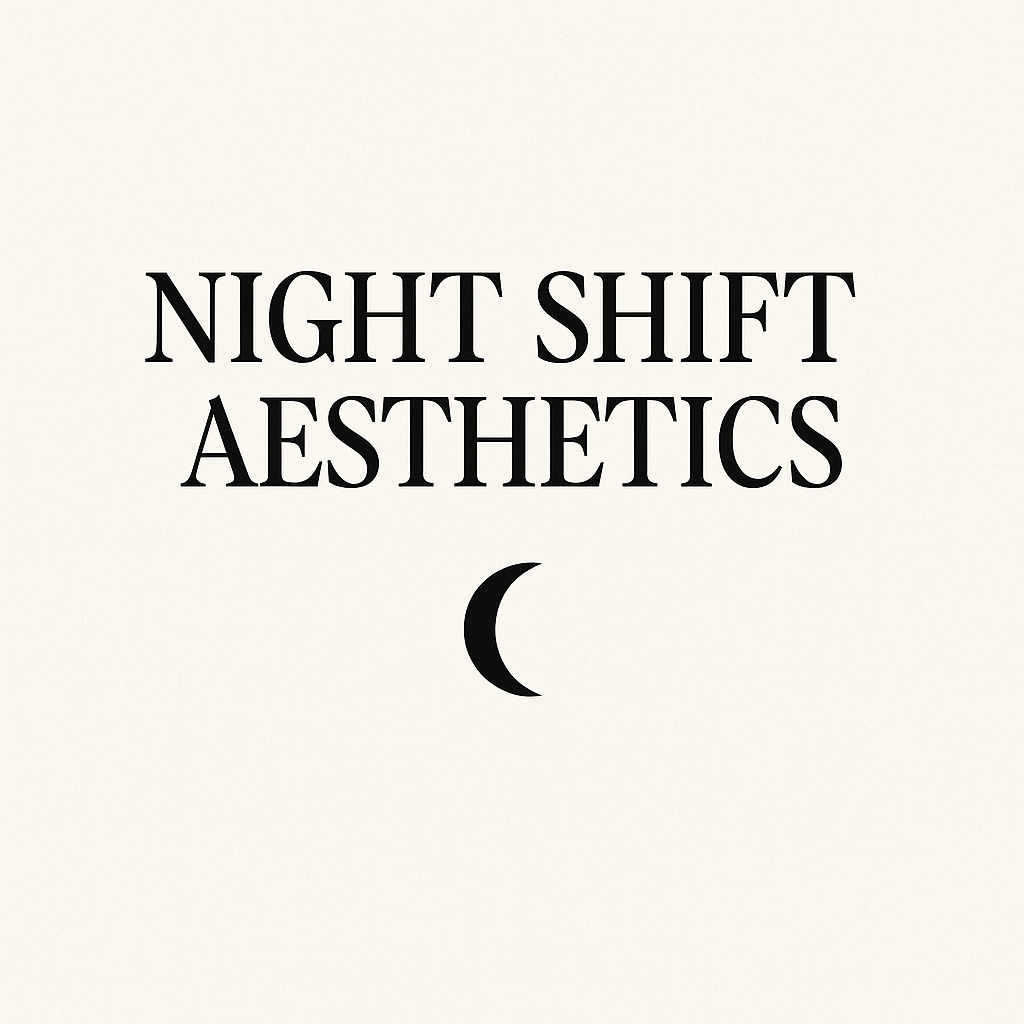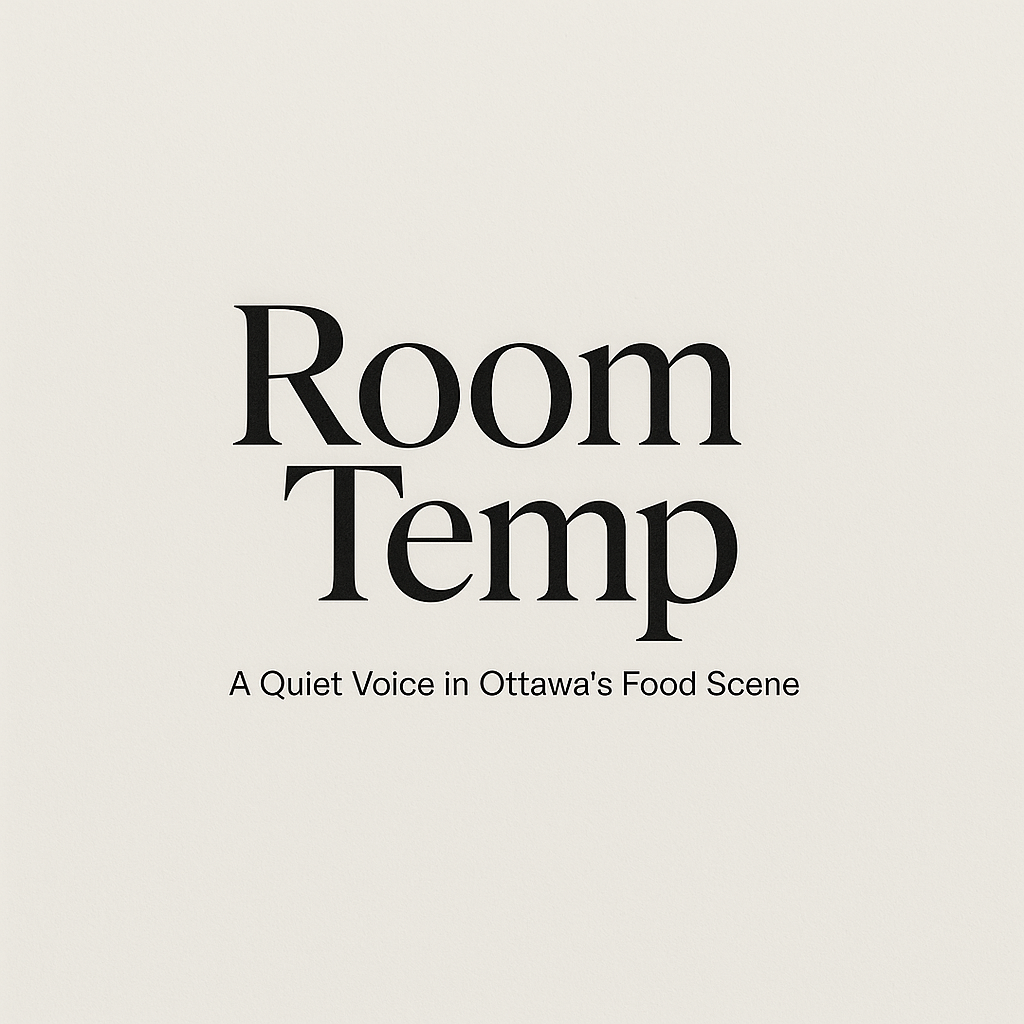Night Shift Aesthetics

The city feels different when you walk through it after service. The air has cooled; the noise has thinned. You can still smell the night — fryer oil, exhaust, bread, cigarettes — but it’s all gentler now, softened by distance and fatigue. There’s a strange beauty to this hour, a kind of private ownership of streets that no one else wants.
It’s the hour of cooks, cleaners, dishwashers, bartenders counting tips on the hood of their cars. The lights that stay on aren’t meant to impress anyone — they just need to exist. Neon on tile, streetlight on stainless steel. You see the architecture of the city differently when you’re the only one looking.
Most people think restaurant life is about chaos, noise, adrenaline. But the truth is, the quiet parts stay with you longer. The mop bucket sloshing down an empty hallway. The way the walk-in hums when everything else stops. The mirror of a darkened pass line, reflecting nothing but the last red glow of the exit sign.
There’s a moment, walking home, when you realize how much of your life happens after everyone else’s ends. You belong to the hours that don’t have names. You start to find comfort in the flicker of fluorescent light, in the slow rhythm of exhaustion, in knowing that beauty doesn’t always require an audience.
